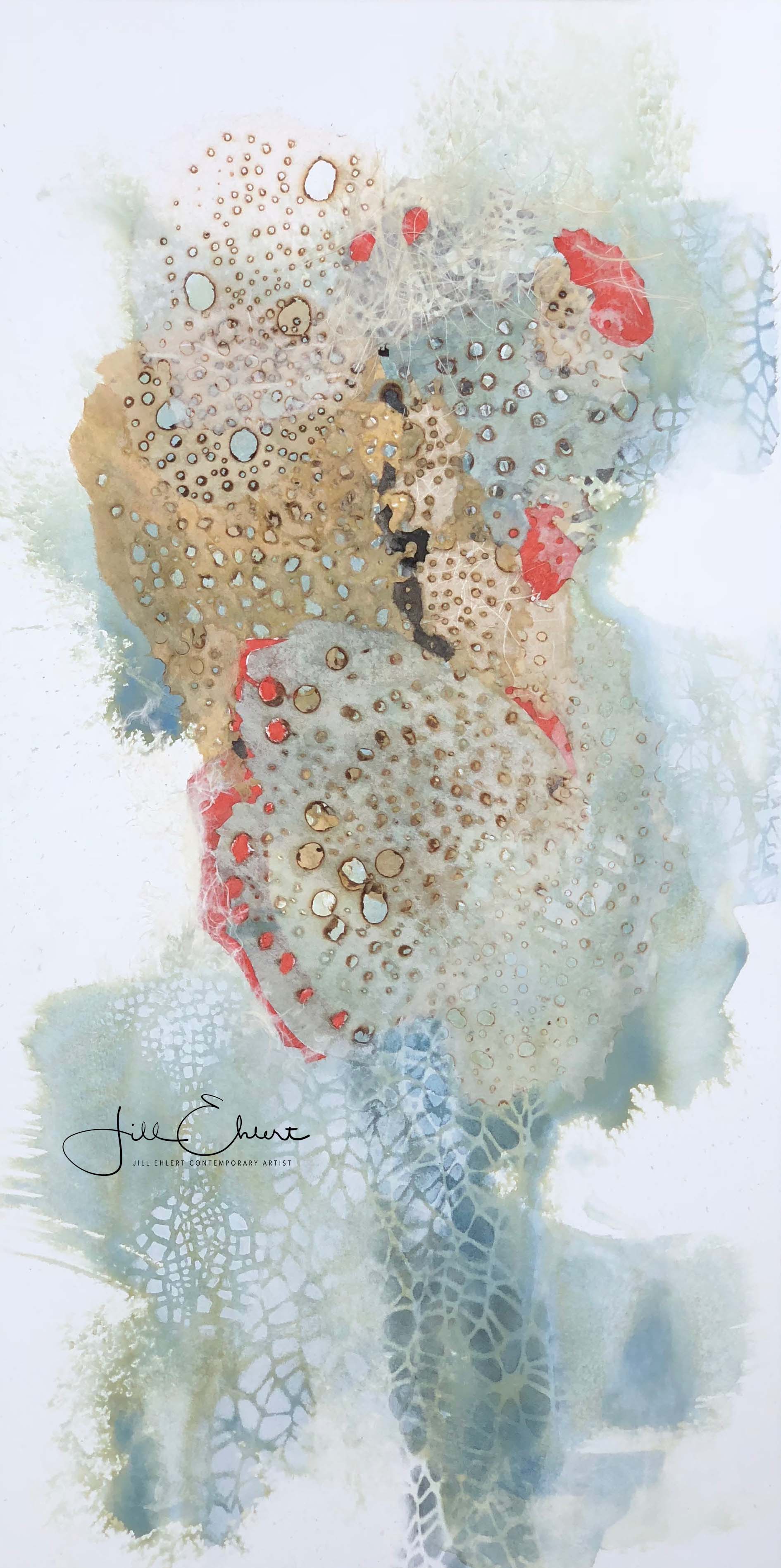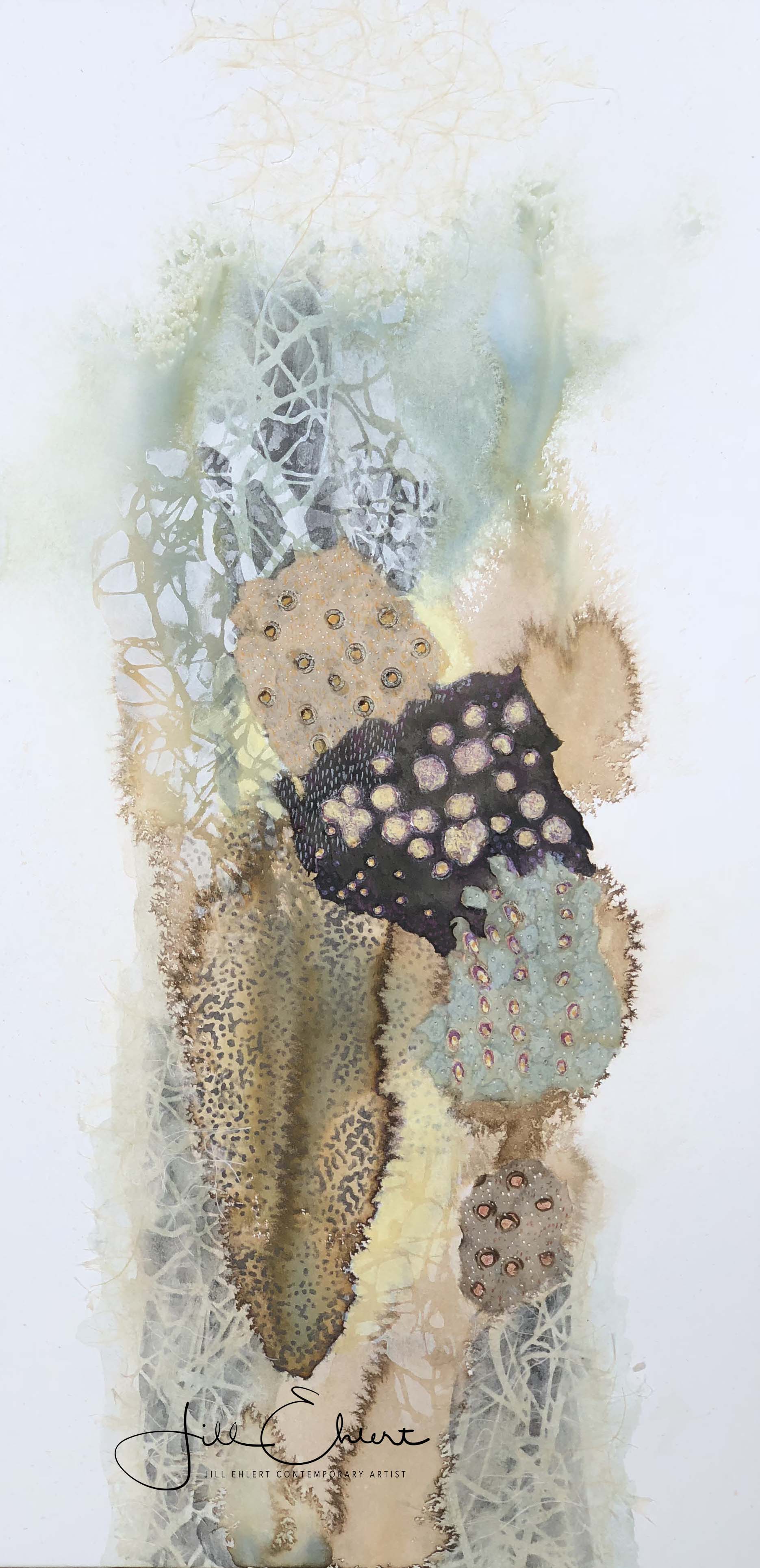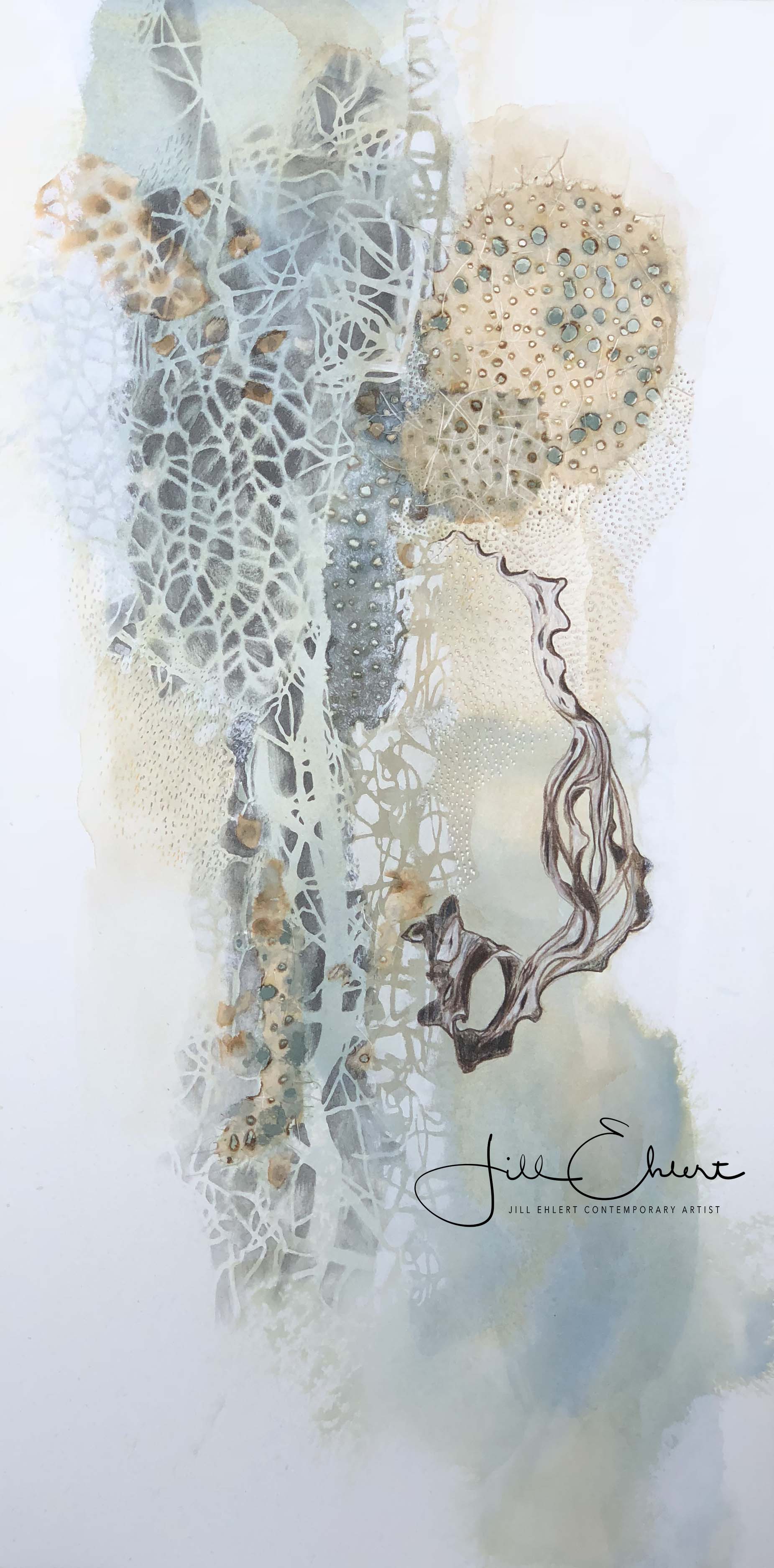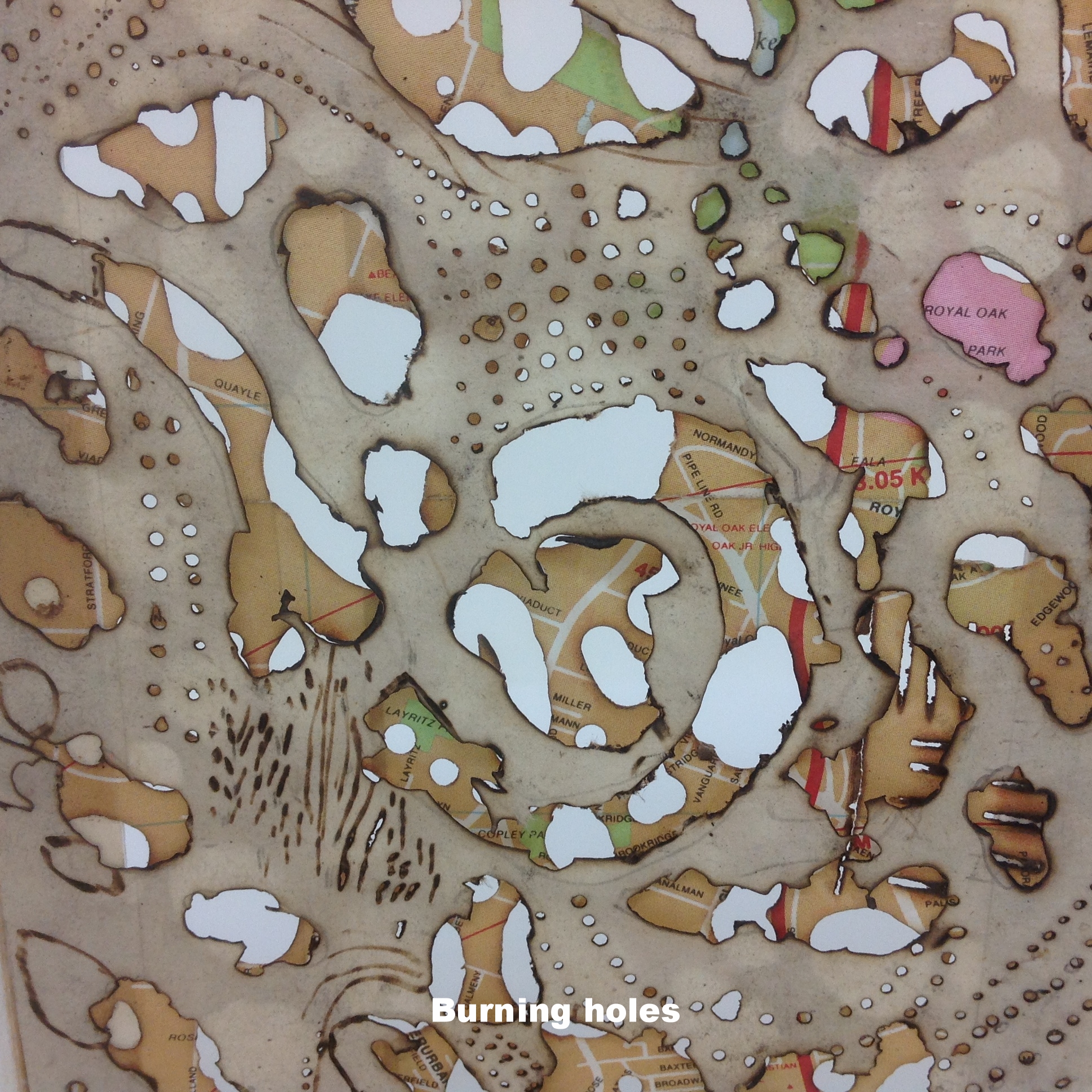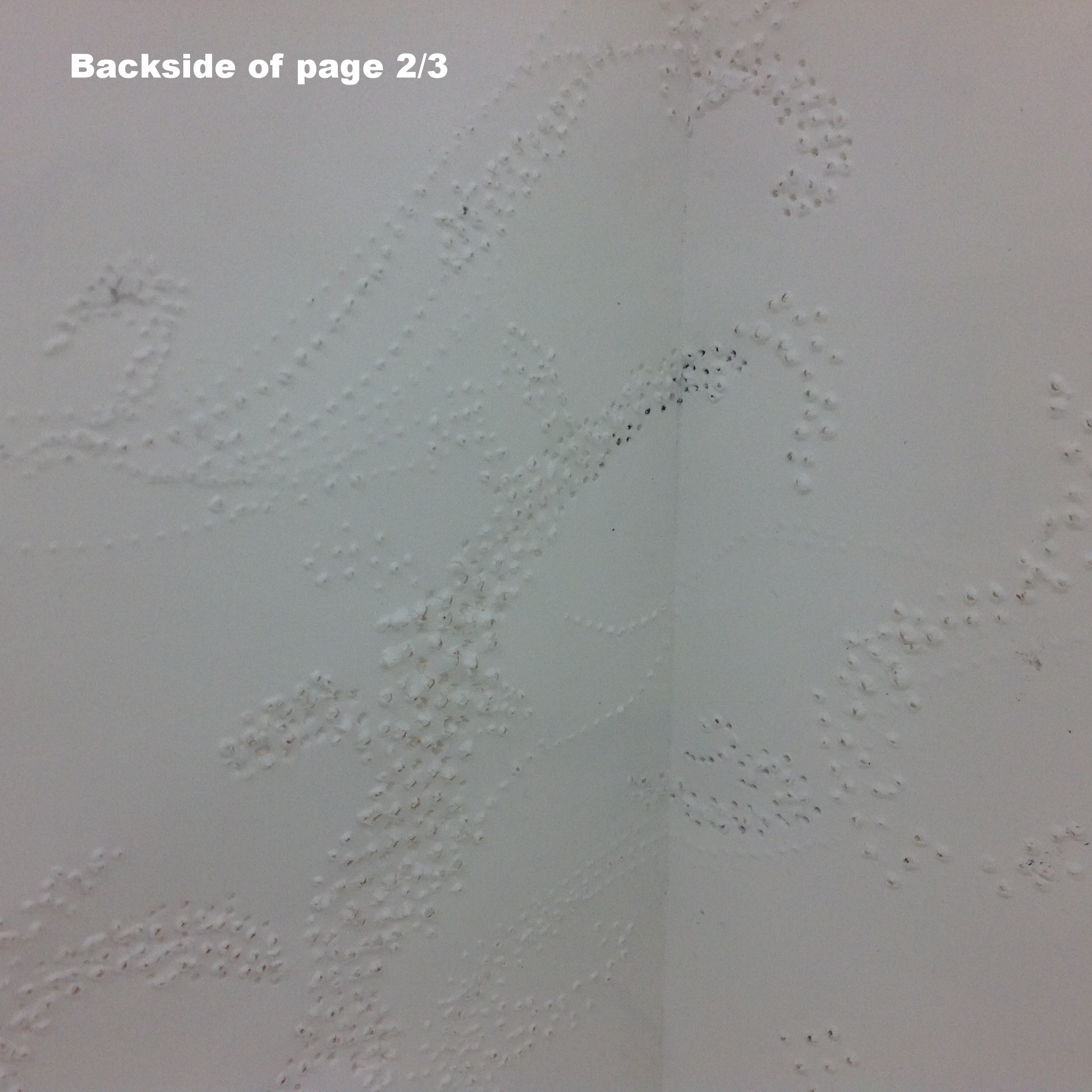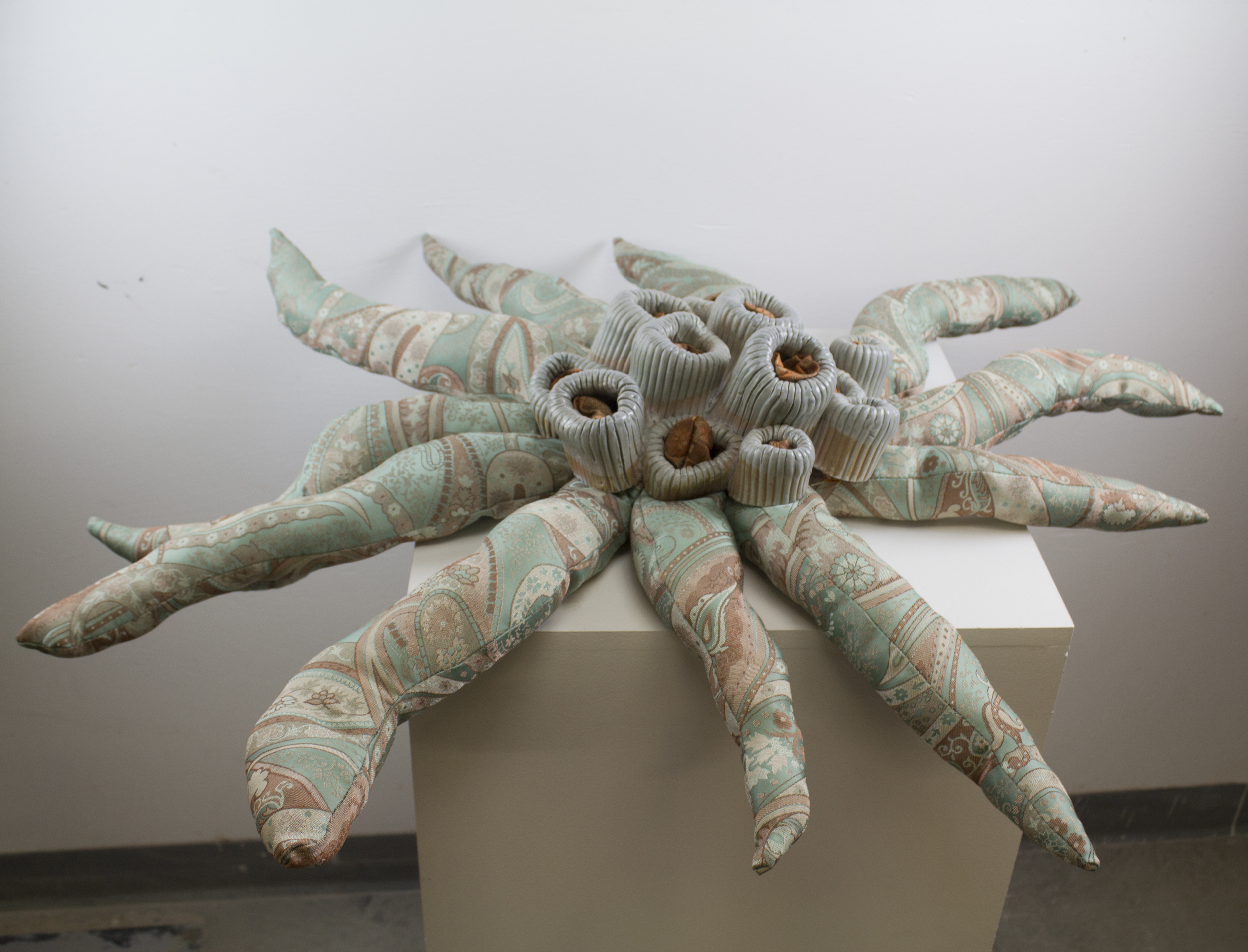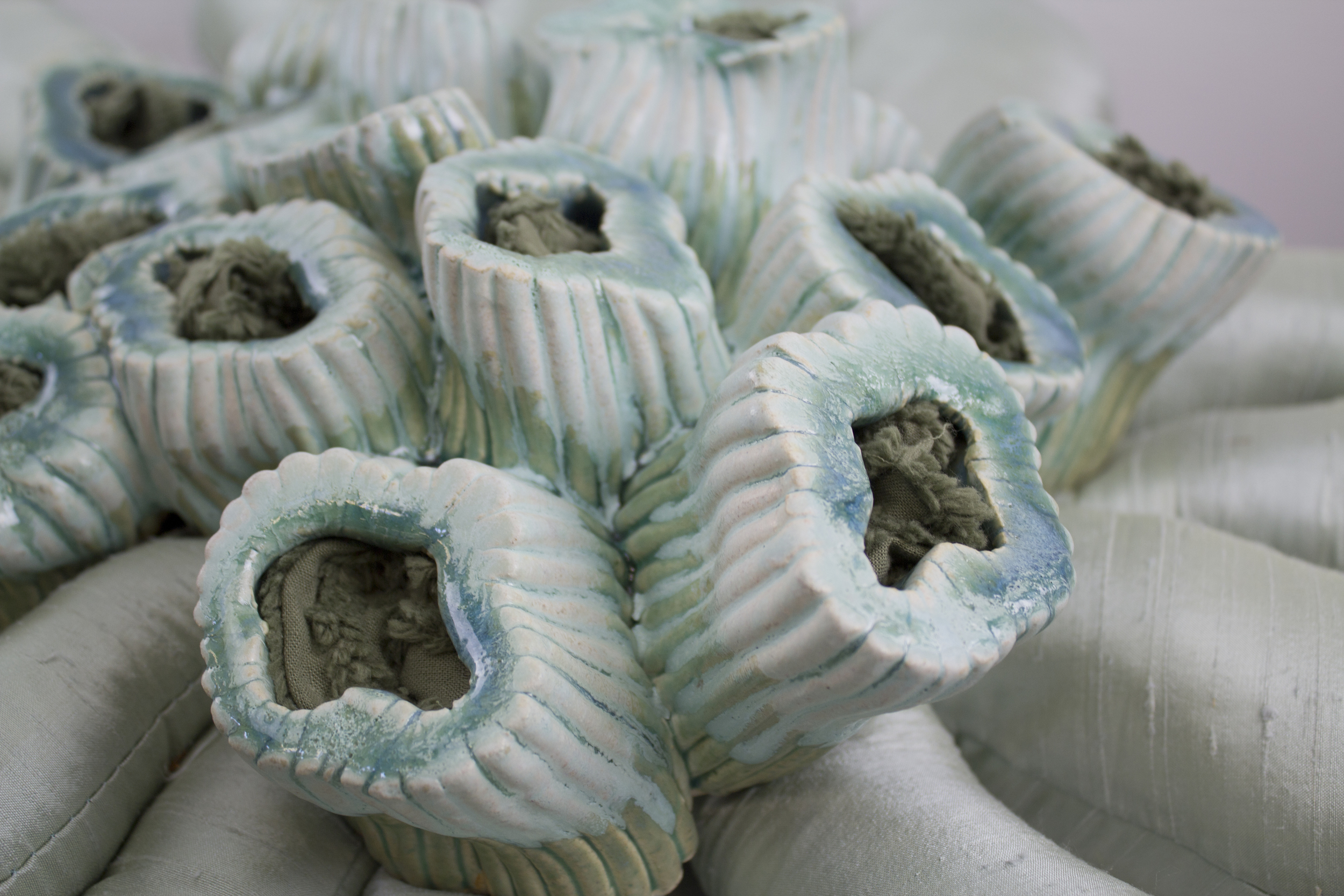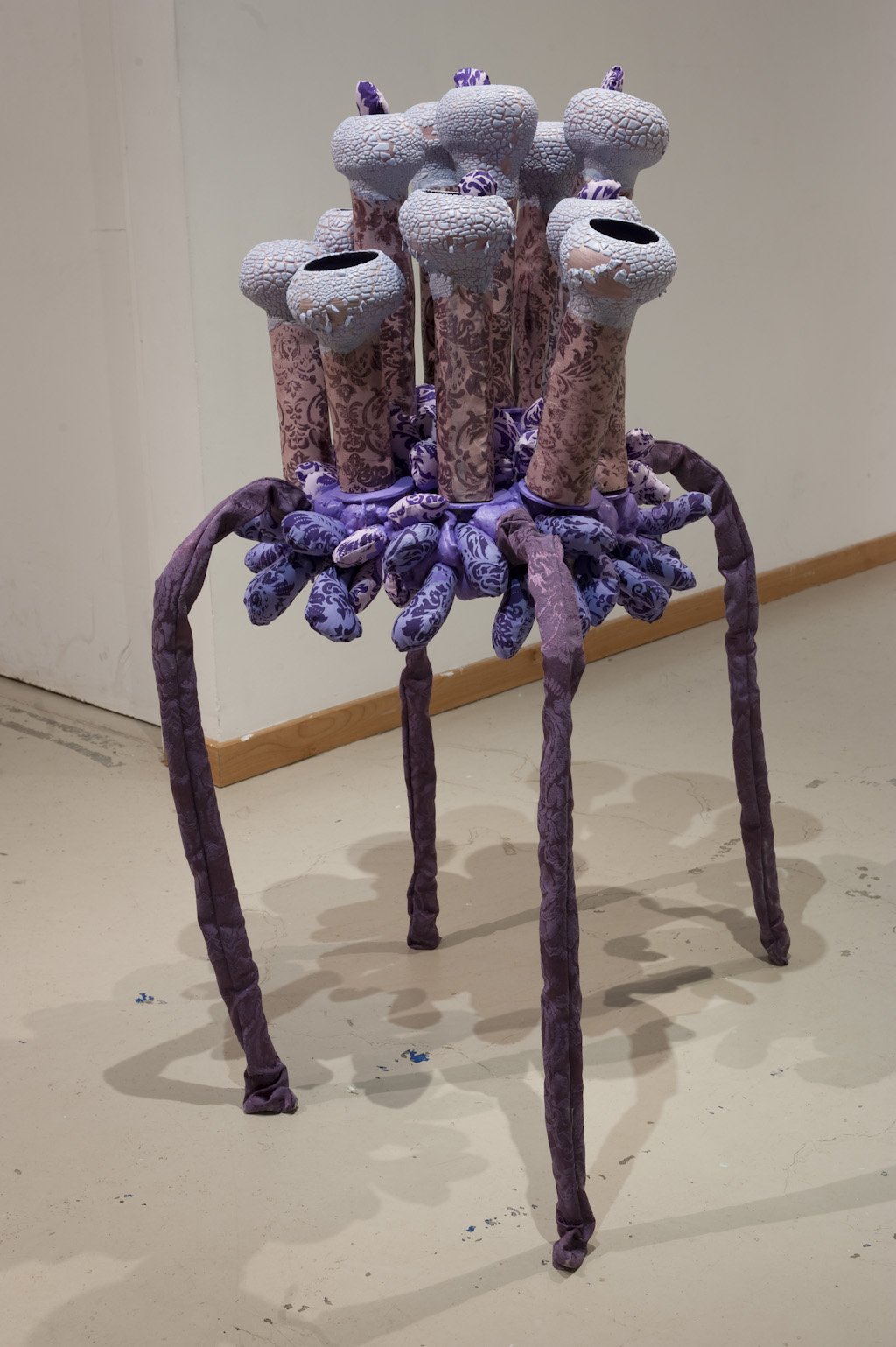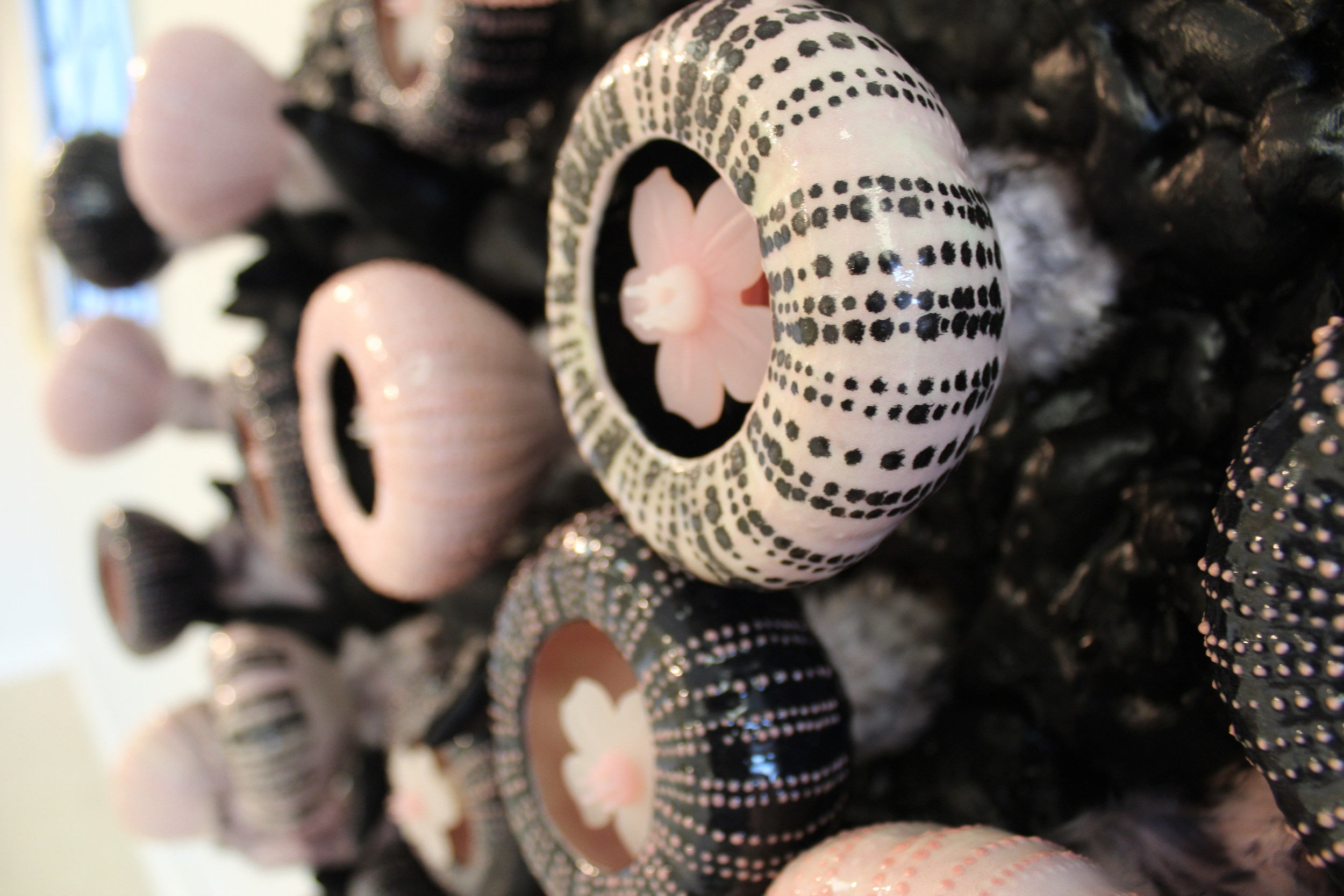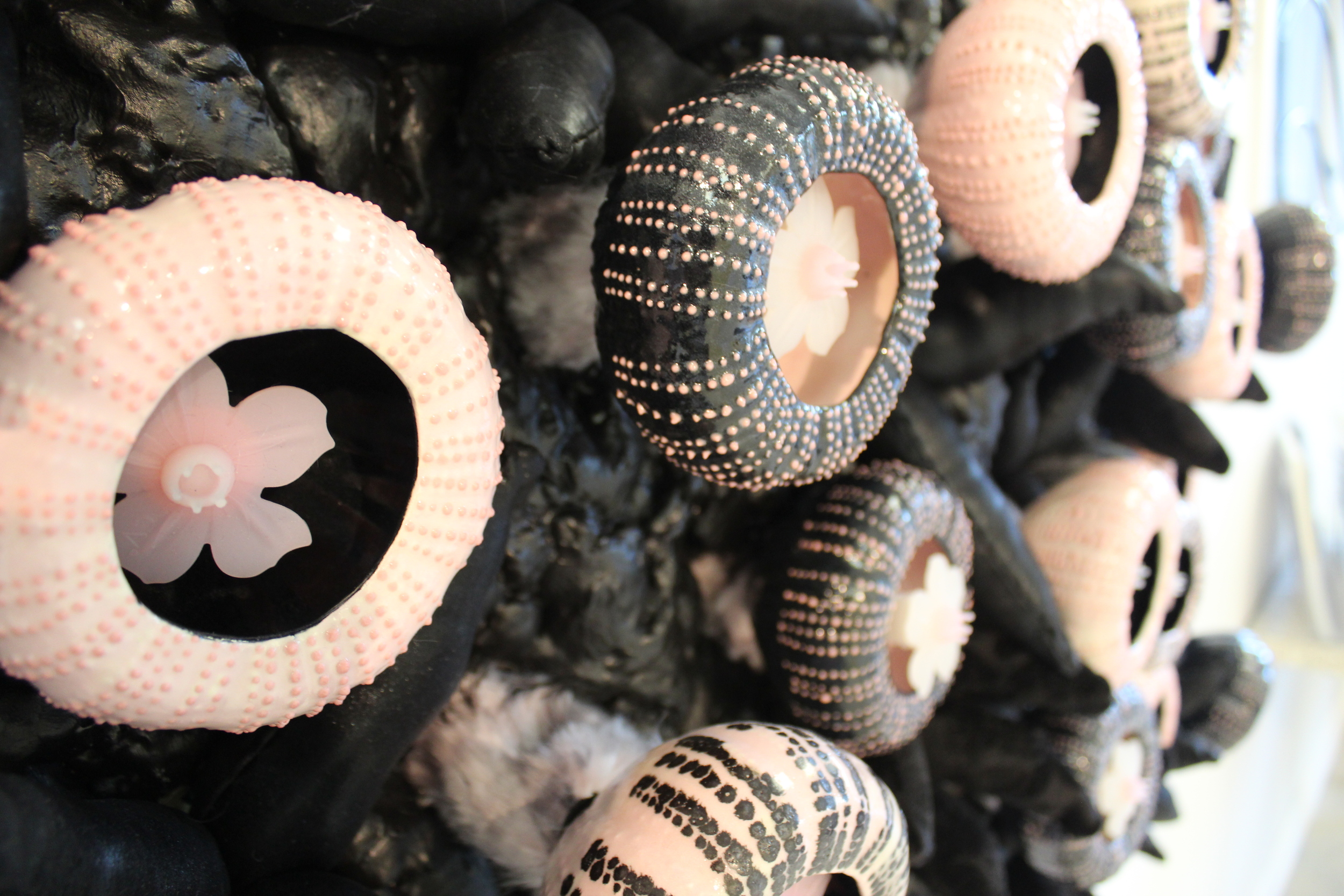Photographs by Stephanie Jonsson
Stephanie Jonsson Artist Statement
Of personal interest to me is the common usage of botanical subjects in abstract and stylized form to decorate the surfaces of Arts and Crafts metalwork, ceramic, textiles, glass, and furniture. In response to John Ruskin's ideas these artists returned to the observation of nature in their work, and the phenomenon of appropriating nature, which started in the 19th century and continues into the present day. However, over time, architects, designers, and artists have started to look less to nature as a source, and more to a synthetic nature. During the early nineteenth century, designers were not interested in capturing a naturalistic representation of a tendril from a plant, rather they were searching for a form that spoke to a universal plant. Victorian architects used the practice of conventionalization as a stylization of the leaf ornament, so asymmetry in the veins of a leaf would be abandoned in favour of symmetrical cutouts. This reduction or stylization of the plant form in order to confirm to anthropocentric systems of order is precisely the type of appropriation in which I am interested.
I find that the stylization of plants in the work of this period has re-emerged in a contemporary context and it is appearing in everything from interior design to website, furniture, and clothing design. Humans have continued to appropriate and manufacture nature. I am particularly interested in the way that nature has been commodified as consumable imagery, and how the repetition of this imagery has become kitsch.
For this new body of work, I used mostly extruded ceramic forms to produce multiples to create a sort of facsimile of nature. Each repeated element is unique and flawed, yet somehow self-similar. I use abstraction loosely: these sculptures do not accurately depict real world animals or plants, however, they merely make associations with creatures, specifically underwater ones. The objects stay true to a sort of manufactured ecology: these sculptures are clearly made with techniques that are a product of culture, not nature.
In the piece, “Urban Urchins”, I found consumer objects that imitate natural forms and slip cast them to produce multiples, transforming them into a type of kitsch that is twice removed from nature: a facsimile of a facsimile of nature. In this case, I found a replica of a sea urchin and cast it twenty five times. Through the process of slip casting, the forms become mutated and distorted from their original form. This is not unlike the process of evolution in nature, which requires self-replicating entities with tiny errors to sample other configurations. New genes can be generated from an ancestral gene when a duplicate copy mutates and acquires a new function. The generation of new genes can also involve small parts of several genes being duplicated, with these fragments then recombining to form new combinations with new functions.
In “Urban Urchins”, the mutations of slip casting mimic the tiny “copy errors” in the process of evolution, and a whole new organism is created. The organism that is created in my work is an artificial object that imitates nature and its processes.
I am not attempting to convey a solution to the multitude of problems that our environment faces, but rather to call attention to this curious cultural trend in hopes that a greater awareness will emerge on an individual level. Through reiterating natural forms; deconstructing and reassembling organic order, I am addressing a collective estrangement from our origins.
Be sure to check out Stephanie Jonsson's website and blog for more information and images of her work.
Medalta International Artists in Residence Program
Set against the dramatic cliffs of the South Saskatchewan River in Medicine Hat, Alberta, the 150 acre Historic Clay District was once home to some of Canada’s most important clay factories, including Medalta Potteries, Hycroft China, National Porcelain and Alberta Clay Products. Today, this history is being preserved with the unique Medalta Potteries site providing the setting for a living, working museum, vibrant education centre, a Reception Gallery, and a 12,000 square foot contemporary ceramics studio, The Shaw International Centre for Contemporary Ceramics.
Operating out of the Shaw Centre, the Medalta International Artists in Residence Program is designed to serve artists at all stages of their careers. Students, emerging, and established artists are able to work together in our open, spacious, semi-private studios. The studio experience is one of cooperation and creativity. Artists come from all over the world and bring different experiences, techniques and ideas to our unique studios here in the Historic Clay District. Our studios are full of vibrant energy with resident ceramic artists, community education classes, workshops, and kids’ classes all combining to make this a vital working museum, education centre and studio complex.






